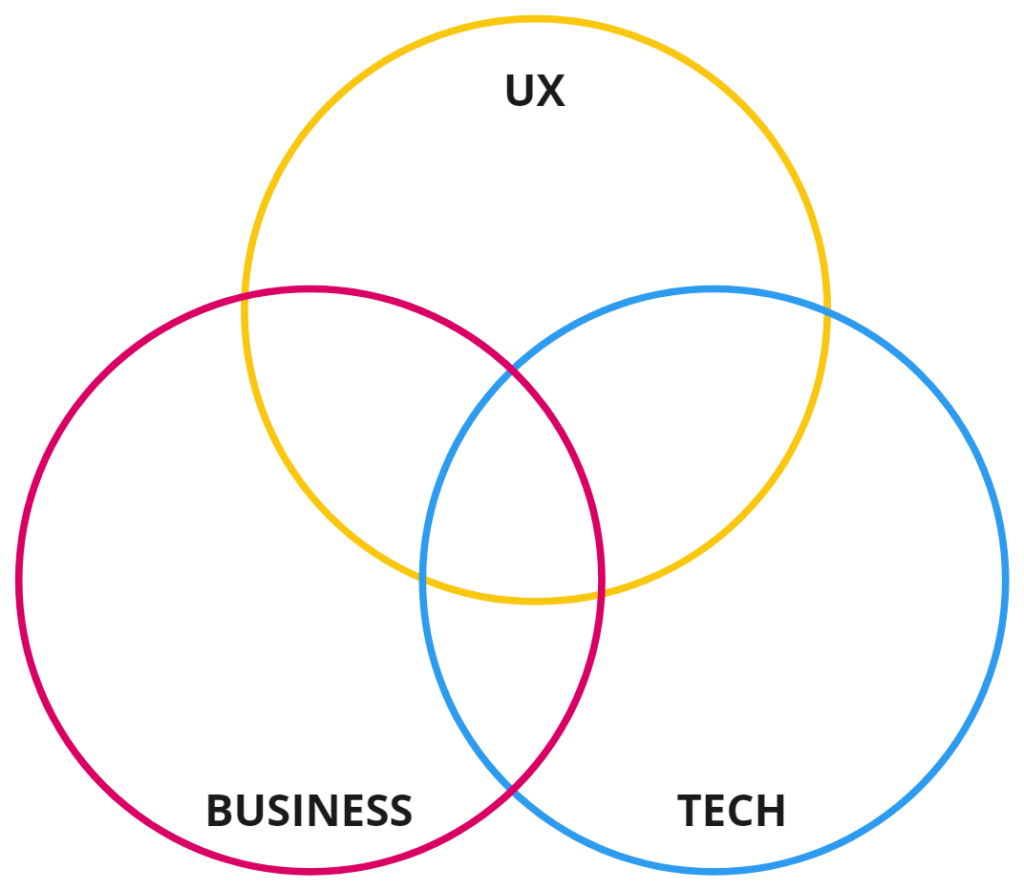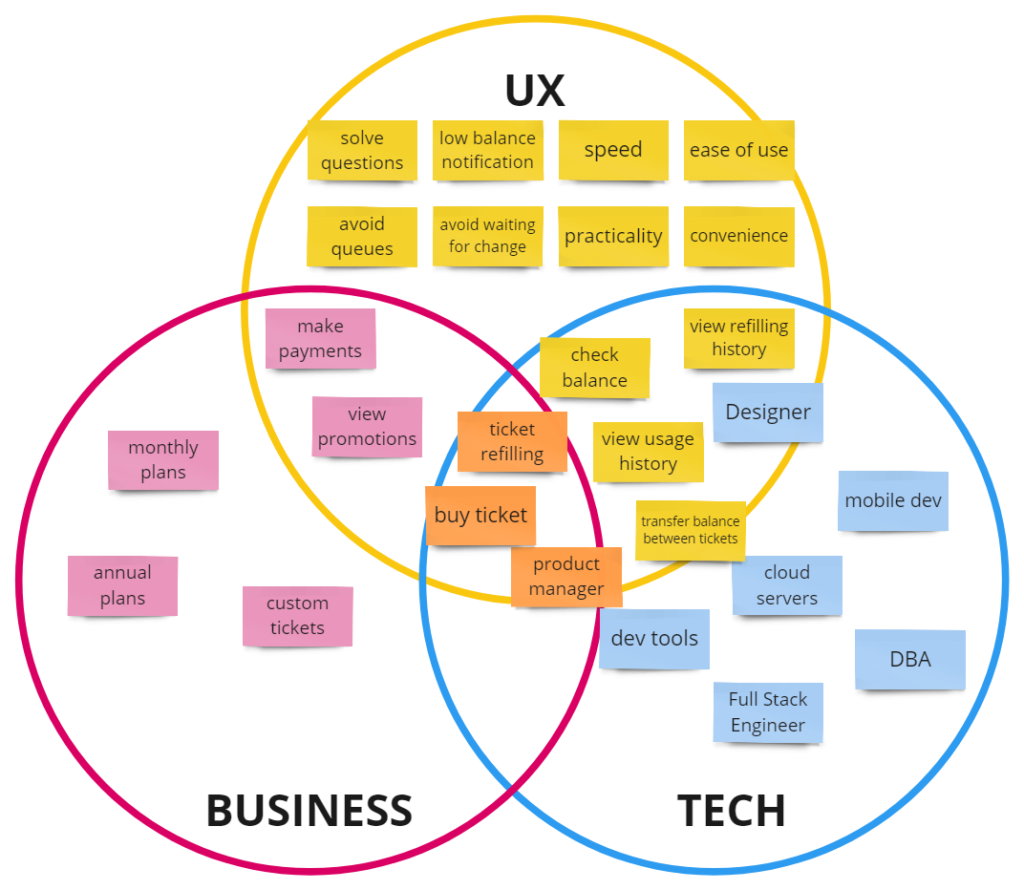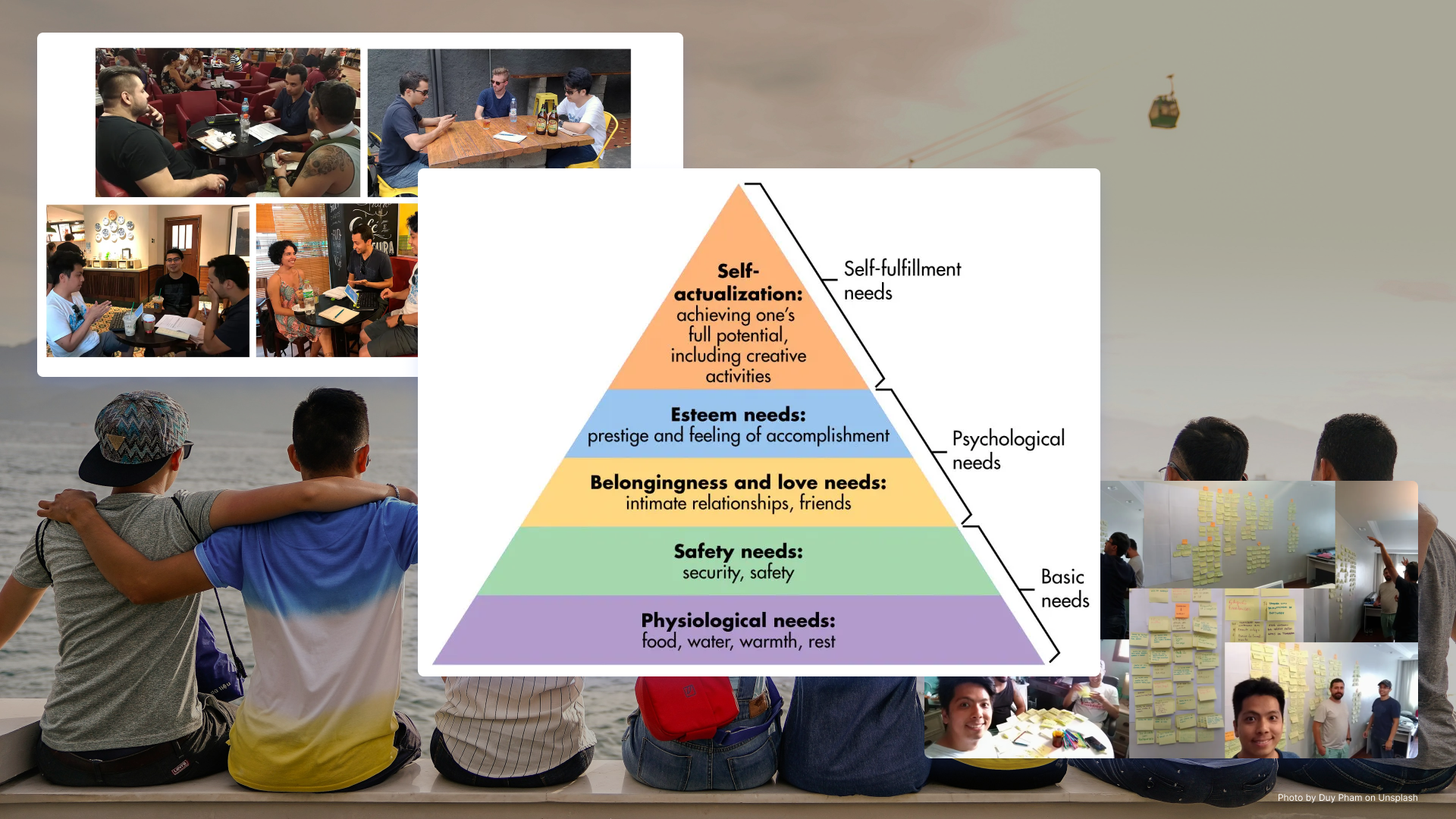Unlocking product success: a 360° View diagram approach

Introduction
In the dynamic world of product management, where gaining a comprehensive understanding of a product from multiple perspectives is crucial for success, the 360° View diagram, introduced by Nelson Vasconcelos in Design Sprint Methods, emerges as a valuable framework. By analyzing key questions related to Business, UX, and Technology, this diagram provides a holistic view of a product, enabling teams to identify potential challenges, opportunities, and areas for improvement.
Understanding the 360° View Diagram

The 360° View diagram is a visual representation of a product’s various aspects. Moreover, it consists of three overlapping circles representing Business, UX, and Technology. Therefore, the intersections between these circles indicate areas where these disciplines intersect, highlighting potential synergies and areas of conflict. Furthermore, by filling in the spaces within the diagram with post-its or other visual aids, teams can capture specific ideas, questions, and insights related to each perspective.
The importance of a holistic approach
Adopting a holistic approach to product management is crucial for ensuring that a product aligns with its objectives, meets user needs, and is technically feasible. The 360° View diagram facilitates this by:
- Identifying potential challenges and risks: By examining the product from different angles, teams can anticipate potential obstacles and develop strategies to mitigate them.
- Fostering collaboration and communication: The diagram encourages collaboration among team members from various disciplines, leading to better decision-making and problem-solving.
- Ensuring alignment with business objectives: By considering the business implications of design and technology decisions, teams can ensure that the product contributes to the overall goals of the organization.
Key questions to consider
When using the 360° View diagram, it is essential to address key questions within each of the three perspectives:
Business:
- What are the primary business objectives of the product?
- Increase customer satisfaction
- Improve efficiency
- Generate new revenue streams
- What are the potential risks and challenges associated with the product?
- Budget constraints
- Limited resources
- Regulatory compliance
- What are the expected benefits and outcomes of the product?
- Increased market share
- Improved brand reputation
- Enhanced customer loyalty
UX:
- Who is the target user group for the product?
- Young professionals
- Seniors
- Parents
- What are the user needs and pain points?
- Difficulty navigating the website
- Slow loading times
- Lack of personalization
- What are the desired user experiences?
- Intuitive interface
- Fast performance
- Personalized recommendations
Technology:
- What are the technical requirements of the product?
- Mobile-friendly design
- Integration with existing systems
- Scalability
- What are the available technologies and tools?
- Cloud-based platforms
- AI-powered features
- Open-source frameworks
- What are the potential technical challenges and limitations?
- Security vulnerabilities
- Compatibility issues
- Cost of implementation
Adapting the diagram to your product
The 360° View diagram is a versatile tool that can be adapted to suit the unique requirements of any product. In addition to its standard structure, teams can freely add or remove categories, as well as adjust the size of the circles. Furthermore, they can incorporate additional elements to enhance the diagram’s relevance and informativeness. Ultimately, the goal is to create a customized visualization that effectively represents the specific needs and goals of the product.
Public Transit Project
In the project of public transportation mentioned in other article, I designed the diagram as follows:

Conclusion
The 360° View diagram is a powerful tool for gaining a comprehensive understanding of a product and ensuring its success. In addition to fostering collaboration and identifying potential challenges, it also aligns the product with business objectives. As a result, this approach can help teams deliver exceptional results. Consequently, incorporating the 360° View diagram into your product management toolkit will position your team for success and lead to outstanding outcomes.






